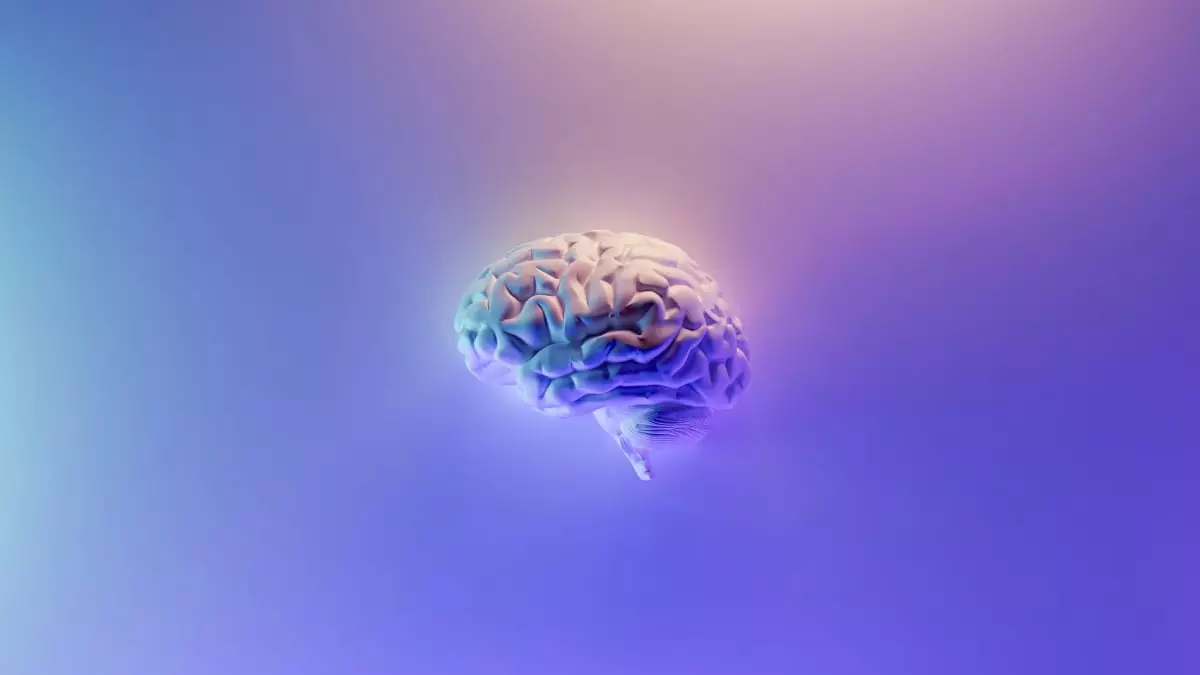Neuroscientists are venturing into an enigmatic realm: the potential to extract memories from the brains of deceased individuals. While this notion is fascinating, the path towards achieving it is fraught with significant technical complexities. Advancements in neuroscience have illuminated our understanding of memory storage, particularly through the identification of engrams—distinct neuronal groupings that form the bedrock of memory. These engrams act as physical representations of memories, woven together by intricate neural connections. However, despite remarkable strides, the notion of accessing memories after death remains firmly within the realm of theoretical exploration.
Central to our comprehension of memory is the hippocampus, a brain region critical for forming and consolidating memories. Recent research, as reported in prestigious journals like Nature, has shed light on how engrams exist within this region. When we think of a memory, it’s important to recognize that engrams are not the memory itself but rather the storage medium. Don Arnold, a noted neuroscientist, articulates this distinction, emphasizing that the complexity of memory retrieval becomes apparent when one acknowledges that memories are not fixed entities. Instead, they are dynamic, evolving representations created by an intricate web of synaptic connections.
Human memory is inherently reconstructive, characterized by its malleability and reliance on context and emotional resonance. According to Charan Ranganath, a prominent figure in the field, every act of recall is not a mere playback but rather a creative process, where existing memories are pieced together and, at times, altered in the mind. This makes the quest for accurately recreating a person’s memory posthumously even more daunting. Moreover, the emotional weight associated with certain memories could lead to their dispersion across various brain regions, exacerbating the challenge of memory extraction.
At present, the technological means to delve into a deceased individual’s neural architecture and extract their memories are nonexistent. The prospect of recreating someone’s memory would necessitate a lifetime of continuous brain monitoring, mapping the multifaceted nature of memory formation and retrieval pathways. This requires a depth of understanding and a level of technological sophistication that is still in the infancy of development. Thus, while the neuroscience field is rapidly evolving, our current methods fall short of allowing for the recreation of memories—making it clear that once a person passes, their memories, as we know, are lost.
As we navigate the frontiers of neuroscience, the enchantment surrounding memory retrieval from deceased brains prompts both intrigue and skepticism. Although the theory holds compelling possibilities, the reality asserts that as of now, memories intertwine intimately with the life of the individual who experienced them. Until significant breakthroughs occur in our understanding and technology, the consensus remains stark: the memories of a departed person fade with them, leaving only echoes of their lived experiences behind.

Leave a Reply